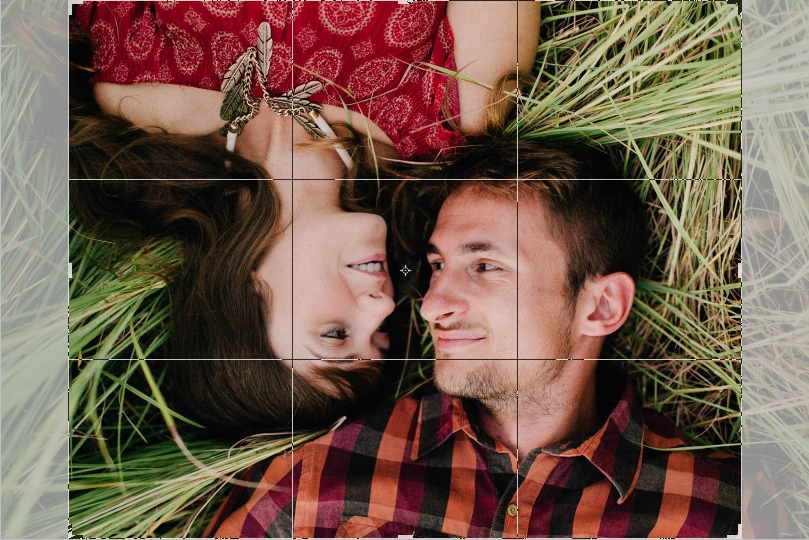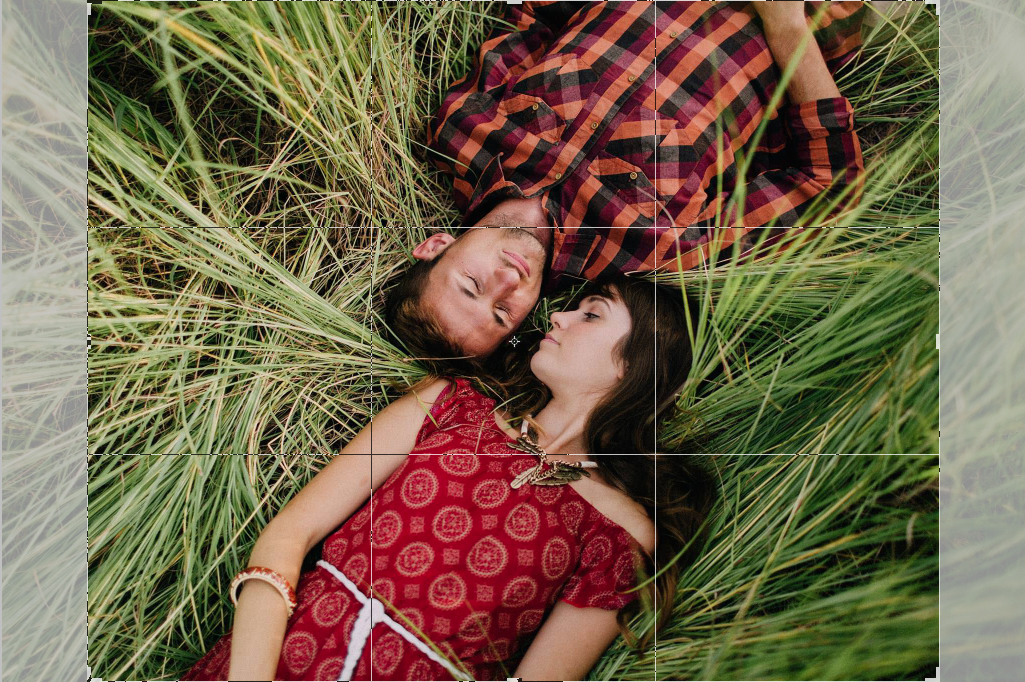Aspect ratio and printing
Aspect ratio and printing
This article explains
What is " aspect ratio", and why can it be a problem?
The aspect ratio of an image is the ratio of its width to its height. For example, 6x4 and 12x8 prints have an aspect ratio of 3:2 (or 1.5 to 1), whereas 12x9 and 16x12 prints are 4:3 (1.33 to 1). Unless the aspect ratio of a print matches that of the camera image from which it is made, the printed image will be cropped.
Consumers can find this confusing. Suppose you shoot groups, like teams and classes, and sell the images online as 10x8 prints, which have an aspect ratio of 5:4, or 1.25 to 1! What that means is that anyone on the outer edges of the group is likely to be cropped out if you frame too tightly. You can reframe and crop in Workspace, but chances are that many of your retail customers won’t notice, and any problems won’t be discovered until the prints appear in the lab.
Another common problem shows up in vertical portrait shots if the photographer crops too tightly in the camera, so the tops of heads and other details are cropped from the print.
Why aren’t all aspect ratios the same? Well, they’re the result of traditions, preferences, habits, and standards old and new that are hard to break. The aspect ratio of most modern DSLR cameras matches the negatives shot on 35mm film SLR cameras. But many early digital cameras had an aspect ratio of 4:3, which matched medium format film cameras, old computer monitors, movies and TV screens etc. Many smartphone cameras shoot HD format (16:9). Instagram has popularised square format, which was also an old film camera standard. The fact is, aspect ratios change.


loading...


The 10x8 crop on this image loses a lot of the surrounding detail. The man's shoulder and the woman's hair disappears slightly within the 10x8 crop.


loading...


Taken from slightly further back, this image loses less to the 10x8 crop. A 12x8 would lose no image at all.


loading...


The original crop of the image is close. Cropped to 10x8, two of the bridesmaids lose the back of their heads.


loading...


From further back, the groomsmen fit easily into the 10x8 frame. The crop in this image has been shifted to the left, so make sure you check your crop before placing an order if there is an 'auto-crop' function.
What’s the solution?
1. Frame the photo in your viewfinder to suit the product or print you’re going to create.
2. Alternatively, use products with a matching aspect ratio, so cropping is never necessary.
3. Leave more space around your subjects to allow for cropping later.
It can help to think of cropping as a creative part of the design process. In albums, for example, images are often resized to fit onto pages, or into groups of images. Cropping is more the norm than the exception. It’s what gives you the opportunity to create visually interesting
Again, serious designers, including our team, have strong opinions about what’s acceptable. Vive la difference. But one thing’s for certain — if you crop tightly in-camera, you’re limiting your options.
What does this mean for printing?
Print sizes that won't require cropping with a 3:2 ratio image include 6x4, 12x8, 15x10, 18x12, 24x16, 30x20, 36x24 and so on. Other popular print sizes, such as 7x5 and 14x11, require some form of cropping. These sizes will always result in some loss of the image. Thinking about the print size you're shooting for saves you a lot of time later on, in editing and ordering.
The aspect ratio of matted prints and frames etc is even more complicated — influenced by those standards old and new, and also by factors like manufacturing constraints and design considerations. Popular framing sizes like 14x11, 20x16 and 40x30 bear no relationship to the camera file, and always require cropping.
However, frames are generally matted, which means you have some flexibility because it’s the mat aperture that holds the print, not the frame itself. A 14x11 frame could accommodate a matted full-frame 12x8 print, for example.





